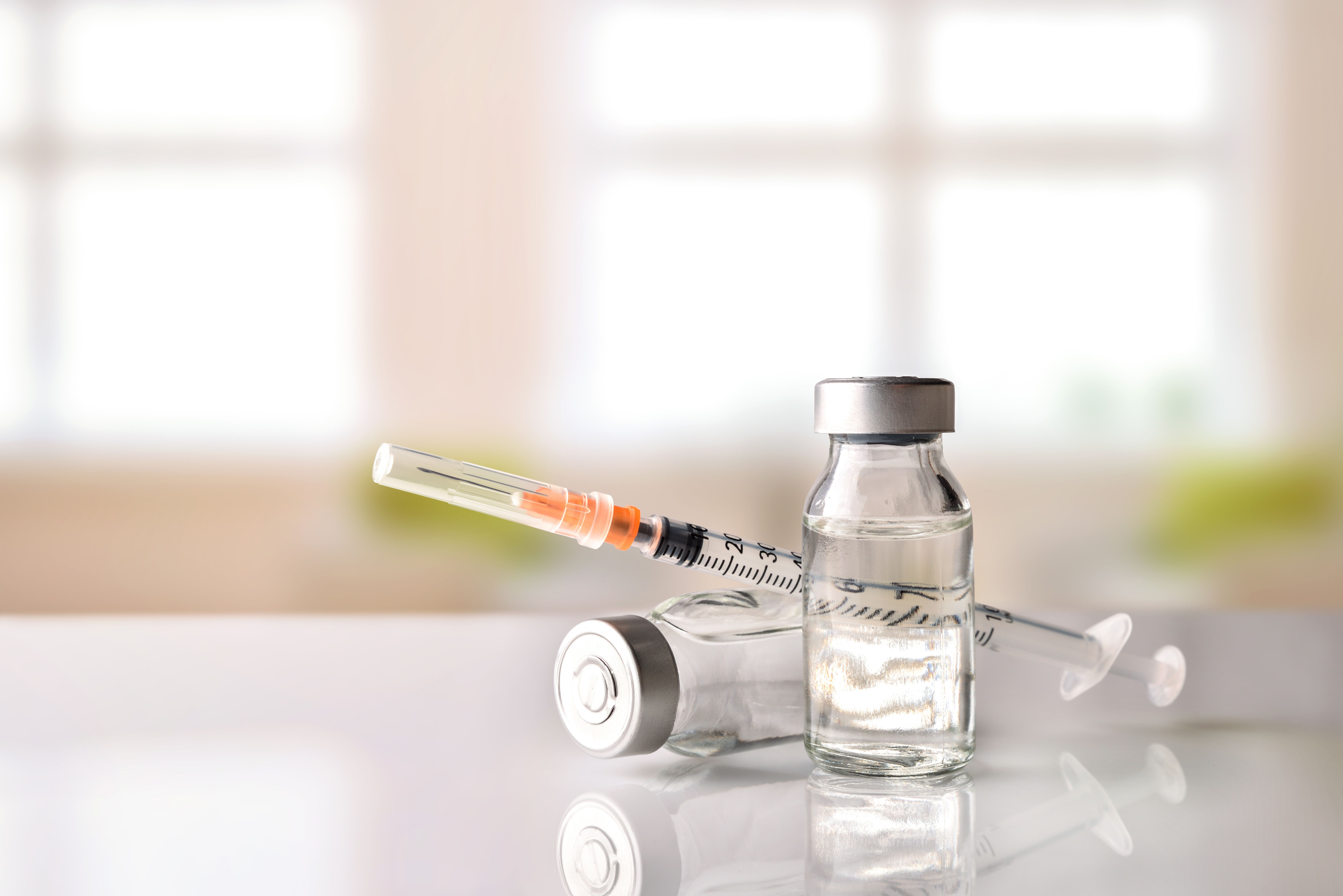Article
Continuous Glucose Monitors Can Help Prevent Hypoglycemia in Diabetes Patients
Author(s):
Diabetics using continuous glucose monitors were more aware of their blood sugar levels.
The use of continuous glucose monitors (CGM) may protect against severely low blood glucose levels among patients with established type 1 diabetes. The device can prevent hypoglycemia and associated adverse events by making patients aware of the symptoms, according to a study published by the Journal of Clinical Endocrinology & Metabolism.
CGMs are devices that can alert patients to changes in glucose levels that may result in hypoglycemia or hyperglycemia.
Hypoglycemia is a significant barrier to disease control for patients with diabetes, according to the study authors. Severely low blood glucose levels can result in seizures, loss of consciousness, and death.
Hypoglycemia related to insulin use resulted in approximately $600 million in emergency department costs between 2007 and 2011, according to the study. As diabetes becomes more common around the world, preventing hypoglycemia and associated healthcare costs is a growing priority.
“In individuals who have repeatedly experienced hypoglycemia, the body blunts awareness of symptoms warning of impending episodes,” said first author, Michael R. Rickels, MD, MS. “Wearing a continuous glucose monitor that flags falling glucose levels and has built-in alarms raises recognition of the threat.”
Included in the study were 11 patients who had type 1 diabetes for at least a decade and had dampened awareness of hypoglycemia. These patients monitored glucose levels through a GCM for 18 months.
The authors discovered that the patients had increased awareness of hypoglycemia compared with baseline. Additionally, patients were less likely to experience severe hypoglycemia using the CGM than without the device.
However, the authors found that the body’s defense against low blood sugar continued to be impaired and hemoglobin A1c levels were unchanged, according to the study.
“While the body’s own defenses against hypoglycemia did not improve, CGMs filled a valuable need in alerting individuals to oncoming episodes,” Dr Rickels said. “In the absence of physiologic defenses against the development of low blood glucose, near-constant use of continuous glucose monitoring may be required to minimize the burden of problematic hypoglycemia in patients with long-standing type 1 diabetes.”
Although the use of CGMs was not a treatment for diabetes, increased awareness of blood glucose levels could mitigate potentially life-threatening and costly complications.
“Hypoglycemia is a potential problem for all patients with diabetes, but it is more often an unrecognized complication for individuals with type 2 diabetes,” said Robert W. Lash, MD, incoming chief professional and clinical affairs officer, Endocrine Society. “We are working to find effective ways to minimize the occurrence of this dangerous and costly problem."
Newsletter
Stay informed on drug updates, treatment guidelines, and pharmacy practice trends—subscribe to Pharmacy Times for weekly clinical insights.






